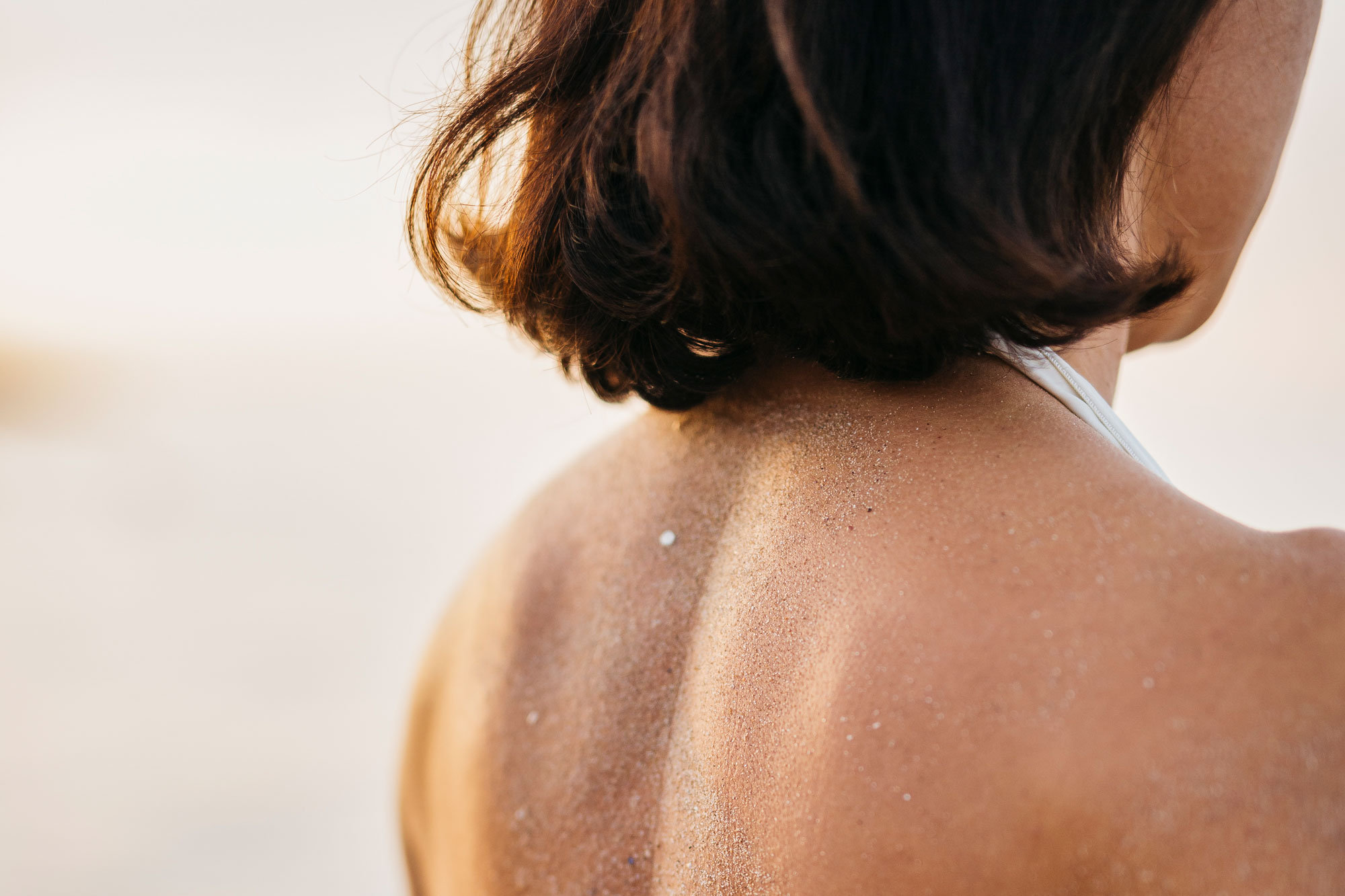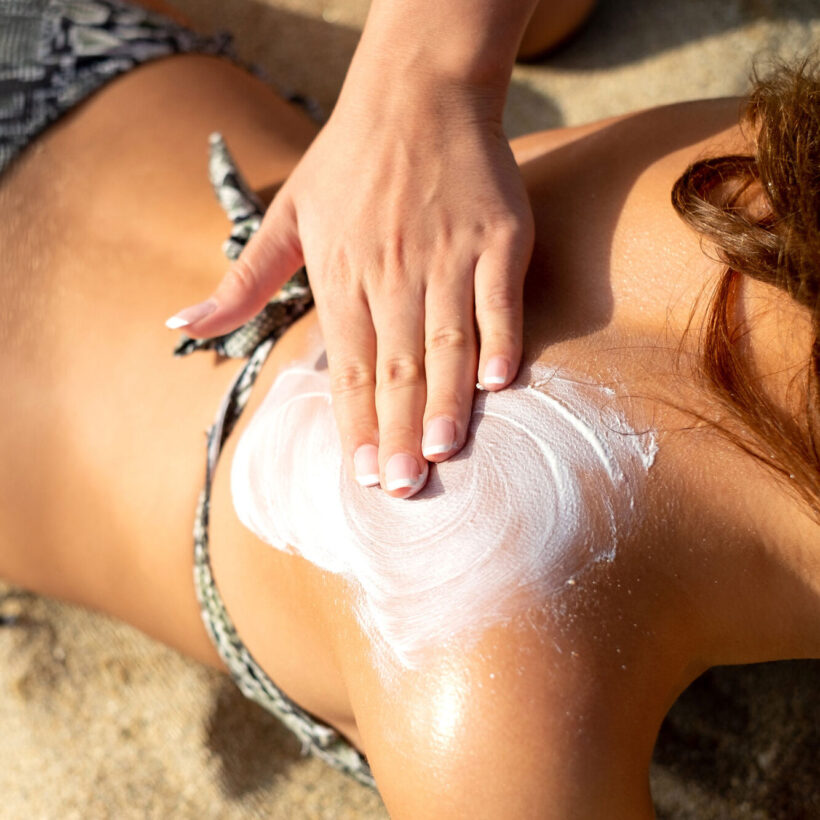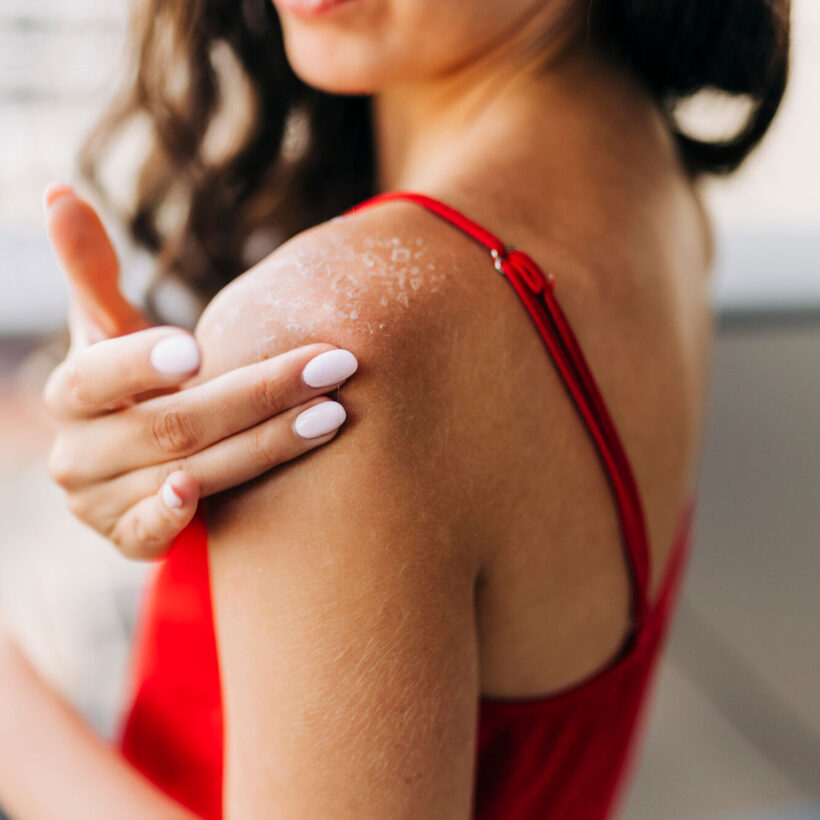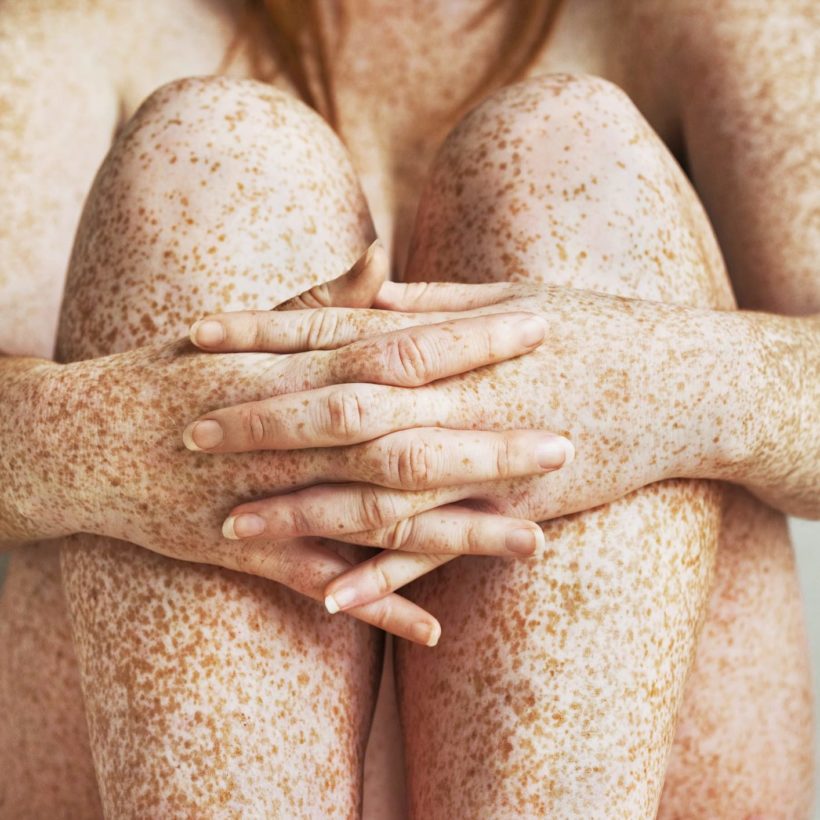You religiously applied (and re-applied) sunscreen, you tried your best to limit your exposure under those hot rays, and yet (yet!) — you somehow have a sunburn. Or is it a sun rash? Maybe you didn’t even spend much time in the sunshine, but your skin still seems reactive. So rather than experiencing your run-of-the-mill sunburn, you could have a sun allergy. That’s right: It’s possible to be allergic to the sun.
Here, we spoke with dermatologists and skincare experts to better understand these conditions — and how you can protect your sensitive pores.
Meet the Experts
Dr. Reid Maclellan is an adjunct faculty at Harvard Medical School, the director of Proactive Dermatology Group, and the founder and CEO of Cortina.
Dr. Trevor Cates is a naturopathic doctor, author, and the founder of The Spa Dr.
Dr. Adrienne O'Connell, D.O. is the medical director and president of Laguna Beach Aesthetics.
What does it mean to be allergic to the sun?
There are various levels and degrees of being allergic to the sun. However, it’s estimated that sun allergies can be found in 10 to 15 percent of the population in the United States, and it’s unclear why some people are more susceptible than others, according to Dr. Reid Maclellan.
Generally speaking, a sun allergy is an immune response on the skin from UV radiation and causes your skin to be irritated and itchy and can develop rashes or hives. This type of reaction is called polymorphic light eruptions, more common in Caucasian women ages 20 to 49 and can be fairly common. Those most likely to have this type of sun allergy are categorized as Fitzpatrick skin type 1 (fair skin, light eyes, red or blonde hair), according to Dr. Trevor Cates.

The rarest form of sun allergy is Solar Urticaria, and there have only been 650 cases reported worldwide, according to Dr. Adrienne O’Connell, D.O. With any exposure to sunlight, sufferers will have a sudden onset of rash or hives within minutes. Some people also experience headaches, fatigue, nausea, and difficulty breathing. These symptoms usually begin to fade after exposure to the sun ceases, and the rash typically clears up in 24 hours when out of sunlight, Dr. O’Connell.
Unfortunately, there is no cure for solar urticaria. It is a chronic condition that requires daily management.
What are some signs you may be allergic to the sun?
How do you know if you’re experiencing a sunburn or a sun allergy? The clues are found in the severity of the reaction, Dr. Cates explains. “This sort of allergic reaction, and specific type of eruption from the sun, can vary from showing up as bumps and blisters to hives and scaling on your skin,” she says. “Often there is redness, swelling, and signs of irritation that are all good indicators that the sun isn’t reacting well with your skin.”
And while a sunburn can be uncomfortable and itchy, a sun allergy is more painful and could sting and burn, too. In other words, if you can barely tolerate it, you could have sun poisoning or an allergy, not a sunburn that will heal fairly quickly.
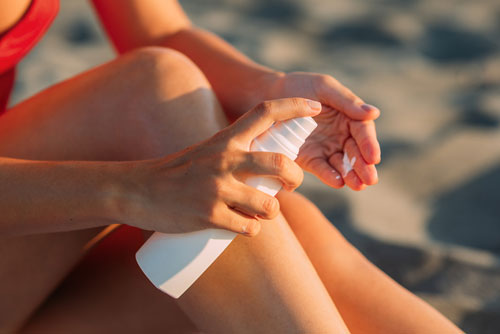
What to do about a sun allergy
If you suspect you may have solar urticaria, it is critical to see a dermatologist since it’s a lifelong condition and needs to be managed daily, Dr. O’Connell urges. In these rare cases, you must avoid sun exposure and wear sunscreen. “Some dermatologists may recommend phototherapy, where they expose your skin to short, controlled exposures to light to build a tolerance to the sun,” she continues. “In severe cases, immune therapy may be necessary. Immune suppressing medications can stop the histamine reaction. In addition, infusions with immunoglobulins or plasma exchange can help control solar urticaria.”
You’ll still need to protect yourself from further damage for a general sun allergy. First and foremost, this means using Sunday Riley Light Hearted Broad Spectrum SPF 30 Sunscreen, which protects you from both UVA and UVB rays, and wearing protective UV clothing. If you already have a rash or blistering, Dr. Cates recommends doing all you can to soothe your inflamed and irritated skin. “Taking an antihistamine or natural alternatives like quercetin, curcumin, and vitamin C may help decrease inflammation and calm the immune response,” she says. “Topically, you’ll want to use products that support the skin’s barrier function.”
Look for products that have honey, vitamin E, and shea butter. Dr. Cates explains these ingredients protect and moisturize the skin and support the skin’s innate ability to heal. “Once healing has occurred, protect yourself from future issues by using sun cover-ups and a zinc oxide-based sunscreen,” she adds.
And the next time you’re going to the beach or out for a nature walk? Can you avoid a sun allergy again? Yes and no, Dr. Maclellan says. If you have sensitive skin prone to sun damage, you’ll always need to be mindful of applying sunscreen and covering up. You should also limit your time outside under those rays to before 10 a.m. and after 3 p.m. when the sun isn’t as intense.
Bottom line? You can still enjoy the sunshine but with precaution.
We only recommend products we have independently researched, tested, and loved. If you purchase a product found through our links, Sunday Edit may earn an affiliate commission.
